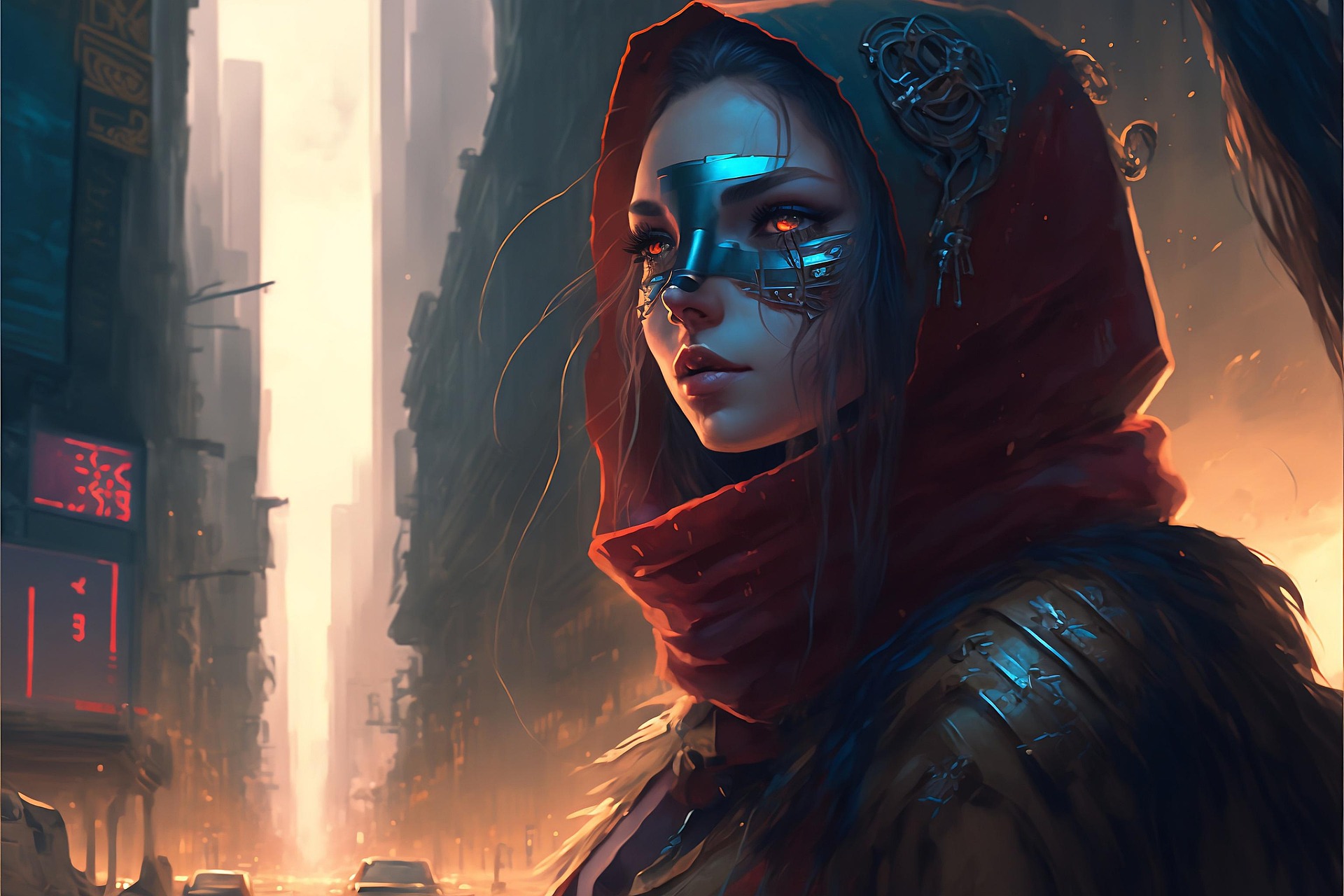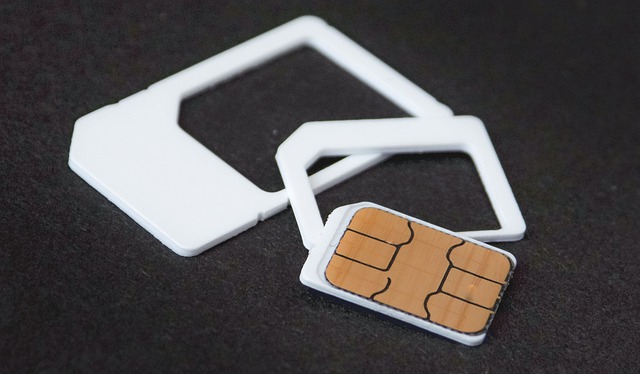Digital Artistry: Blurring the Lines between Reality and Virtuality
Introduction: In the realm of arts and entertainment, the digital revolution has stirred up a storm of innovation. This article delves into the rise of digital artistry, exploring its origins, current trends, and its profound impact on the way we perceive the world of art.

A New Age of Art: The Emergence of Digital Artistry
Digital artistry was born from the marriage of technology and creativity. It began in the late 20th century, with early pioneers experimenting with computer graphics. As technology advanced, so did the medium, evolving from simple 2D graphics to complex 3D models and interactive virtual realities.
One of the key developments in digital artistry was the advent of the internet. Artists were no longer limited by physical boundaries— they could now share their work with the world, collaborate with international peers, and even create art in real-time.
The Digital Canvas: Current Trends in Digital Artistry
The 21st century has seen an explosion of digital art trends. Virtual and augmented reality are now popular tools in the artist’s arsenal, allowing for immersive experiences that challenge the boundaries of traditional art. Digital sculpting and 3D modeling have also gained traction, with artists creating intricate, lifelike works that defy the laws of physics.
The NFT (non-fungible token) craze has opened up new avenues for digital artists. These unique, blockchain-based assets have reinvented the concept of art ownership, giving digital artwork tangible value and offering artists a new revenue stream.
The Impact: Shifting Perceptions and Transforming Industries
The rise of digital artistry has had a profound impact on the art world and beyond. It has democratized the art industry, allowing anyone with a computer and an internet connection to create and sell their work. This has challenged the traditional gatekeepers of the art world, leading to a more diverse and dynamic industry.
In the entertainment industry, digital artistry has transformed everything from film and television to video games and virtual reality experiences. It has enabled creators to build fantastical worlds, tell immersive stories, and engage audiences in unprecedented ways.
The Reception: Embracing the Digital Revolution
The reception to digital artistry has been mixed. Some traditionalists view it as a threat to classical art forms, while others embrace it as a new avenue for creative expression. Despite the controversy, it’s clear that digital artistry is here to stay. It has already left an indelible mark on the art and entertainment industry, and its influence continues to grow.
The Future: Charting the Course of Digital Artistry
The future of digital artistry is as boundless as the imagination of its creators. As technology continues to evolve, so too will the medium. Artists will continue to push the boundaries of what’s possible, using digital tools to explore new forms of expression and challenge our understanding of art.
In conclusion, digital artistry is a dynamic, evolving medium that is reshaping the landscape of the arts and entertainment industry. It challenges traditional notions of art, blurs the lines between reality and virtuality, and opens up a world of possibilities for creative expression. As we move further into the digital age, one thing is certain: the future of art is digital.




